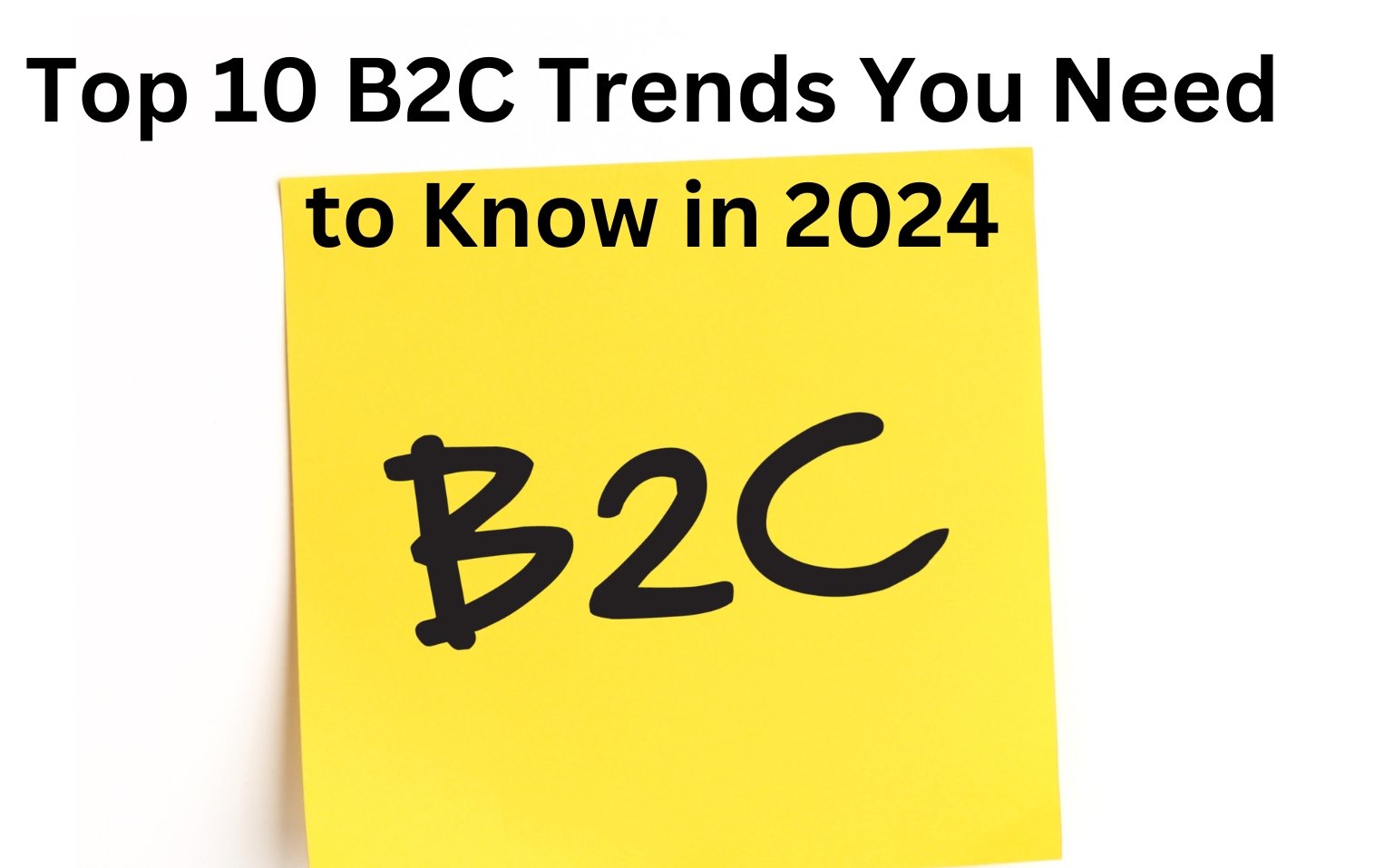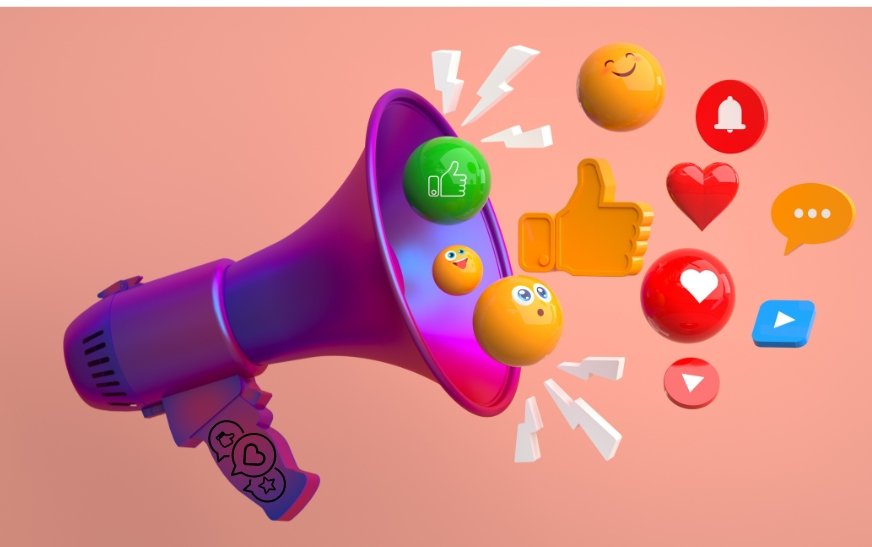Staying ahead of the curve in the ever-evolving world of business-to-consumer (B2C) marketing is crucial for any brand wanting to thrive in 2024. From personalization to sustainability, the trends shaping the B2C landscape are both dynamic and exciting. Let’s dive into the top 10 B2C trends you need to know this year.
Trend 1: Personalization at Scale
In 2024, personalization isn’t just a nice-to-have; it’s a must-have. Consumers expect brands to understand their preferences and deliver tailored experiences. Personalization at scale involves using data analytics and AI to create individualized marketing messages, product recommendations, and shopping experiences for millions of customers simultaneously. Companies like Netflix and Amazon are masters at this, offering content and products that feel tailor-made for each user.
Trend 2: Omnichannel Retail
Omnichannel retail is all about providing a seamless shopping experience across multiple channels, whether online, in-store, or on mobile. Shoppers might browse products on their smartphones, make a purchase on their laptops, and pick up their order in-store. This integrated approach not only enhances customer satisfaction but also boosts sales and customer loyalty. Retail giants like Walmart and Target have successfully implemented omnichannel strategies, blending digital and physical shopping experiences effortlessly.
Trend 3: Social Commerce
Social commerce is transforming the way people shop online. Platforms like Instagram, Facebook, and TikTok are not just for socializing but also for discovering and purchasing products. Brands are leveraging these platforms to showcase their products through shoppable posts, live streams, and influencer collaborations. This trend makes shopping a more interactive and engaging experience, blurring the lines between social media and e-commerce.
Trend 4: AI and Chatbots in Customer Service
AI and chatbots are revolutionizing customer service by providing instant, 24/7 support. These technologies can handle a wide range of tasks, from answering frequently asked questions to assisting with complex issues. AI-driven chatbots improve response times and customer satisfaction while freeing up human agents to handle more nuanced inquiries. Companies like Sephora and H&M are using chatbots to enhance customer interactions and streamline their service processes.
Trend 5: Sustainability and Ethical Consumerism
Consumers are becoming increasingly conscious of the environmental and social impact of their purchases. This shift towards sustainability and ethical consumerism is driving brands to adopt more eco-friendly practices and transparent supply chains. Companies that prioritize sustainability, like Patagonia and TOMS, not only attract eco-conscious customers but also build trust and loyalty. Sustainable practices are no longer optional but essential for long-term success.
Trend 6: Augmented Reality (AR) Shopping Experiences
AR technology is changing the way we shop by allowing customers to visualize products in their real-world environment before making a purchase. From trying on clothes to seeing how furniture fits in a room, AR enhances the shopping experience and reduces the likelihood of returns. Retailers like IKEA and Sephora are leading the way with AR apps that make online shopping more immersive and interactive.
Trend 7: Subscription-Based Models
Subscription services have exploded in popularity, offering everything from streaming content to meal kits and beauty boxes. This model provides a steady revenue stream for businesses and convenience for consumers. Brands like Netflix, HelloFresh, and Birchbox are prime examples of how subscription-based models can drive customer loyalty and consistent engagement. In 2024, expect to see more innovative subscription offerings across various industries.
Trend 8: Influencer Marketing Evolution
Influencer marketing continues to evolve, with a shift towards authenticity and niche audiences. Micro-influencers, who have smaller but highly engaged followings, are becoming more valuable than mega-celebrities. This approach allows brands to connect with more targeted and genuine audiences. Additionally, long-term partnerships between brands and influencers are proving more effective than one-off collaborations, fostering trust and deeper connections with consumers.
Trend 9: Voice Search Optimization
With the increasing use of voice-activated devices like Amazon’s Alexa and Google Home, optimizing for voice search is more important than ever. Voice searches tend to be more conversational, so businesses need to adapt their SEO strategies accordingly. This means focusing on natural language processing and ensuring that content is easily discoverable through voice queries. Companies that optimize for voice search can expect to reach a wider audience and improve their online visibility.
Trend 10: Enhanced Payment Options
Offering a variety of payment methods is key to improving the customer experience and increasing conversion rates. From digital wallets and buy-now-pay-later options to cryptocurrency, consumers appreciate flexibility at checkout. Brands that embrace these diverse payment options, such as Apple Pay, PayPal, and Afterpay, make it easier for customers to complete their purchases quickly and securely.
Conclusion
As we navigate through 2024, these top 10 B2C trends highlight the importance of adaptability and innovation in the retail landscape. By embracing personalization, omnichannel strategies, social commerce, AI, sustainability, AR, subscription models, influencer marketing, voice search optimization, and enhanced payment options, brands can stay ahead of the curve and meet the ever-changing demands of consumers. Keeping an eye on these trends will not only help businesses thrive but also build stronger, more meaningful connections with their customers.
FAQs
What is B2C?
B2C stands for business-to-consumer, which refers to the process of selling products or services directly to consumers. This contrasts with B2B (business-to-business), where transactions occur between businesses.
How does personalization benefit businesses?
Personalization helps businesses by creating a more engaging and relevant customer experience, leading to higher satisfaction, increased loyalty, and ultimately, better sales and retention rates.
Why is sustainability important in retail?
Sustainability is important because consumers are increasingly looking for brands that align with their values. Sustainable practices help reduce environmental impact and build consumer trust and loyalty.
What are the advantages of subscription models?
Subscription models provide a predictable revenue stream, foster customer loyalty, and offer convenience for consumers, who enjoy regular, hassle-free access to products and services.
How can businesses optimize for voice search?
To optimize for voice search, businesses should focus on natural language processing, use conversational keywords, create FAQ pages, and ensure their content is easily discoverable by voice-activated devices.








